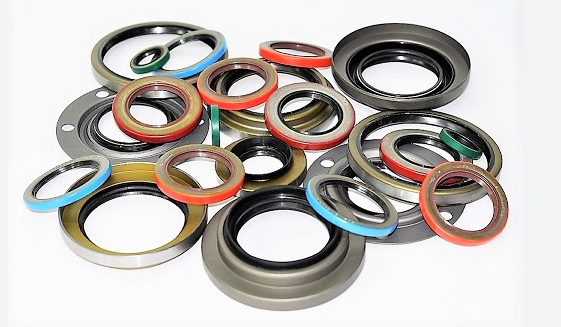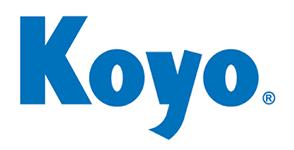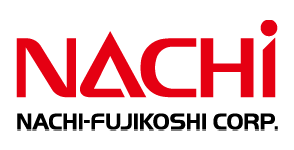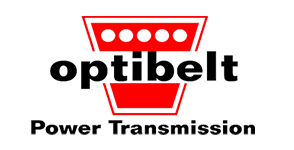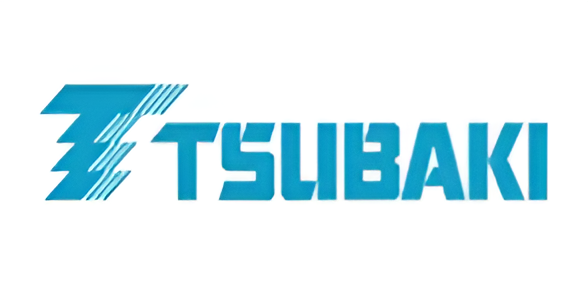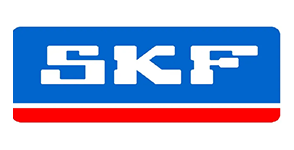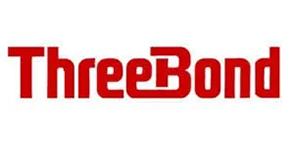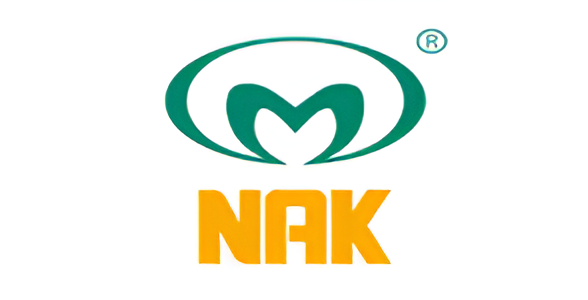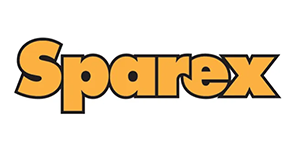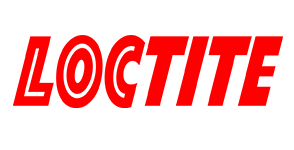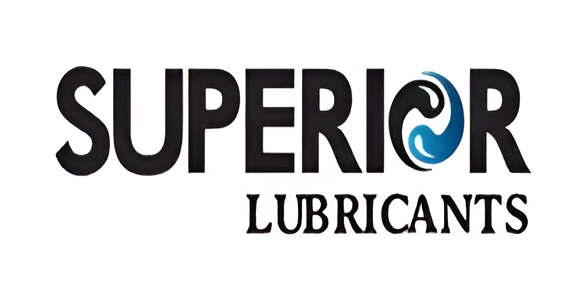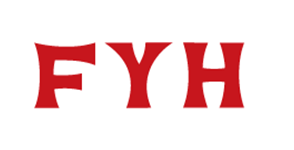Seals in Bulahdelah
- Fast delivery across the Mid North Coast
- Stocked with trusted, quality brands
- Knowledgeable, hands-on customer support
Request a call back In Bulahdelah
Thank you for contacting Mid Coast Bearing Centre.
We will get back to you as soon as possible.
Oops, there was an error sending your message.
Please try again later.
Bulahdelah Seals
Mid Coast Bearing Centre is proud to supply high-quality seals in Bulahdelah, helping locals keep machinery, vehicles, and equipment in top condition. With over four decades of experience, we understand the important role seals play in preventing leaks, protecting components, and ensuring long-term performance, especially in farming, mechanical, and industrial settings.
Whether you're working with hydraulic systems, engines, pumps, or rotating shafts, we stock a wide variety of seals suitable for different pressures, temperatures, and materials. Our range includes oil seals, V-rings, and specialist sealing solutions sourced from trusted brands built to handle the tough Australian climate.
Local customers value our fast service, expert product knowledge, and commitment to helping them find the right seal the first time. We take pride in supporting the hardworking communities in and around Bulahdelah with dependable parts and genuine advice.
Contact us today on 02 6552 3699 to speak with our team about the best seals for your needs.
Long-Lasting Sealing Solutions
Finding the right seal can make all the difference in avoiding costly downtime and keeping your systems leak-free. At Mid Coast Bearing Centre, we work closely with Bulahdelah customers to match the correct seal to their application—whether it's for hydraulic equipment, agricultural machinery, or everyday mechanical repairs.
We stock seals in a variety of sizes and materials, including nitrile, Viton, and PTFE, depending on the pressure, heat, and chemical exposure involved. Our team takes the time to understand your setup, ensuring each seal is properly rated and suited to its job.
We can also help you identify worn seals, troubleshoot recurring leaks, and recommend upgrades where appropriate. Everything we supply is chosen for its durability and tested performance, so you can feel confident in every replacement or repair.
Customers across Bulahdelah appreciate our honest advice, prompt delivery, and ability to keep things simple. When sealing matters, we’ve got you covered.
What materials are seals made from, and how do I choose?
Seals are made from a variety of materials to suit different environments. Nitrile rubber (NBR) is commonly used for general-purpose seals because it handles oils and fuels well. Viton offers high resistance to heat and chemicals, making it ideal for more extreme conditions. Silicone is flexible and handles temperature changes well but may not resist abrasion as effectively. PTFE (Teflon) seals are non-reactive and suitable for chemical or food-grade applications. The right material depends on the system's temperature, the fluid being sealed, and whether the seal needs flexibility, chemical resistance, or durability.
Can I reuse a seal once it's been removed?
In general, seals are not meant to be reused. Once removed, a seal can be stretched, compressed, or otherwise deformed, making it less effective in forming a tight seal when reinstalled. Even if a removed seal appears undamaged, microscopic wear or hardened surfaces could lead to leaks or failure under pressure. For safety and performance, it's always recommended to install a new seal during reassembly. This ensures the best possible fit and function, especially in high-pressure or high-temperature systems where failure could cause significant damage.earing type, size, and seal configuration. If the number is missing or unreadable, measure the inside diameter (bore), outside diameter, and width of the bearing using a caliper. Also note the type (e.g. ball, needle), seal or shield (e.g. rubber or metal), and the application it's used in. Providing this information to a parts supplier will help them match or cross-reference the correct bearing quickly and accurately.
How do I properly install a seal to avoid leaks?
Proper seal installation is key to preventing leaks and ensuring long-term performance. Start by cleaning the sealing surface thoroughly—any dirt, rust, or leftover material can compromise the fit. Apply a light coat of lubricant to both the seal and the shaft or housing to ease insertion and reduce the risk of tearing. Use the correct installation tool, such as a seal driver or press, to apply even pressure—never hammer a seal into place, as uneven force can warp the seal or damage the housing. Ensure the seal is seated flush and squarely in its groove. For dynamic seals (used on rotating shafts), alignment is especially important to avoid uneven wear. Always follow the manufacturer’s specifications regarding depth and orientation to get the best result.

